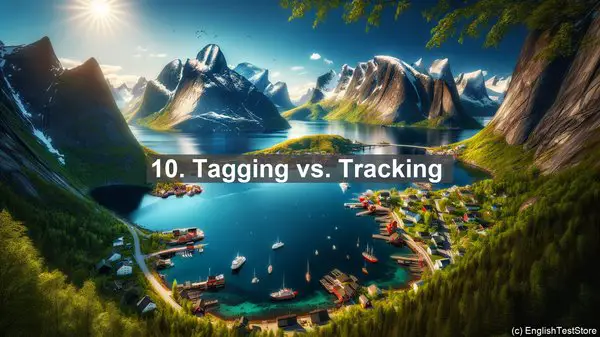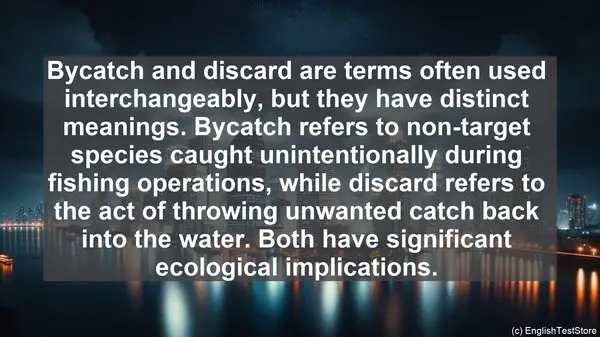Introduction
Welcome to today’s lesson on fishery science. In this lesson, we’ll be discussing the top 10 commonly confused words in this field. Understanding these terms is crucial for anyone studying or working in fishery science. So, let’s dive right in!

1. Stock vs. Species
One of the most fundamental distinctions in fishery science is between stock and species. While a species refers to a group of organisms that share common characteristics, a stock refers to a specific population of that species in a particular area. Understanding this difference is vital for managing fish populations sustainably.
2. Bycatch vs. Discard
Bycatch and discard are terms often used interchangeably, but they have distinct meanings. Bycatch refers to non-target species caught unintentionally during fishing operations, while discard refers to the act of throwing unwanted catch back into the water. Both have significant ecological implications.
3. Aquaculture vs. Mariculture
Aquaculture and mariculture are both forms of fish farming, but they differ in the location. Aquaculture refers to farming in freshwater or land-based systems, while mariculture specifically involves farming in marine or coastal environments. Each has its own set of challenges and benefits.
4. Overfishing vs. Overexploitation
Overfishing and overexploitation are often used interchangeably, but they have nuanced differences. Overfishing refers to the act of catching fish at an unsustainable rate, while overexploitation encompasses the unsustainable use of any natural resource, including fish. Both can have severe consequences for ecosystems.
5. Recruitment vs. Spawning
Recruitment and spawning are two critical stages in the life cycle of fish. Spawning refers to the process of releasing eggs and sperm into the water, while recruitment refers to the successful survival of those eggs to become juvenile fish. Understanding these stages is crucial for assessing population health.
6. Exclusive Economic Zone (EEZ) vs. Territorial Waters
The terms EEZ and territorial waters are often confused, but they have legal distinctions. An EEZ refers to an area extending 200 nautical miles from a country’s coastline, where that country has special rights over the exploration and use of marine resources. Territorial waters, on the other hand, extend only up to 12 nautical miles and are considered part of a country’s sovereign territory.
7. Biodiversity vs. Species Richness
Biodiversity and species richness both relate to the variety of life in an ecosystem, but they differ in scope. Biodiversity encompasses not just the number of species but also their genetic diversity and the variety of ecosystems they inhabit. Species richness, on the other hand, refers specifically to the number of different species in a given area.
8. Demersal vs. Pelagic
Demersal and pelagic are terms used to describe different zones in the water column. Demersal refers to the bottom or near-bottom zone, where organisms like flatfish or crabs are found. Pelagic, on the other hand, refers to the open water zone, where organisms like tuna or dolphins are more common.
9. Gillnet vs. Trawl
Gillnets and trawls are two common fishing gear types, each with its own characteristics. A gillnet is a wall of netting that captures fish by entangling their gills, while a trawl is a large net dragged through the water, capturing fish in its mesh. Understanding these gear types is crucial for sustainable fishing practices.
10. Tagging vs. Tracking
Tagging and tracking are methods used to study fish movements, but they differ in approach. Tagging involves attaching a physical tag to a fish, which can provide information when the tag is recovered. Tracking, on the other hand, often involves using electronic devices that transmit real-time data on fish location and behavior.

